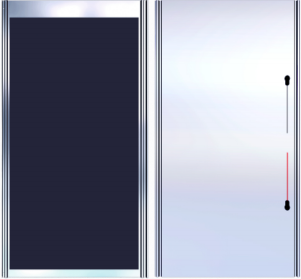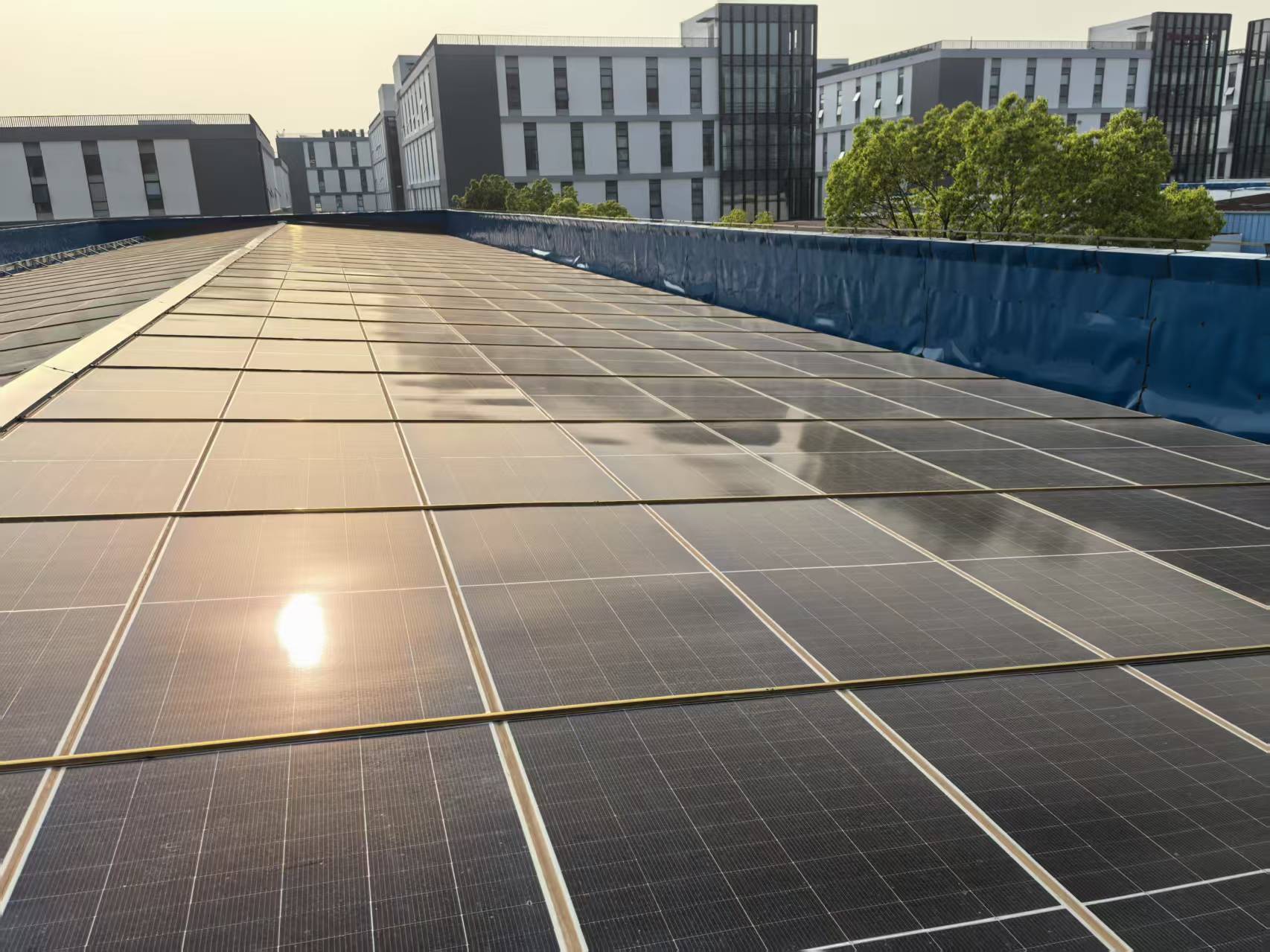As the world places increasing emphasis on aesthetics, space utilization, and environmental protection, the integration of photovoltaic (PV) technology into building structures has gained significant momentum. This innovative approach not only improves energy efficiency, but also fits in with modern architectural trends. In this field, two main categories have emerged: building-integrated photovoltaics (BIPV) and building-applied photovoltaics (BAPV). Understanding the differences between these two systems is crucial for architects, builders, and real estate developers looking to optimize their projects.

BIPV refers to the integration of photovoltaic materials directly into the building envelope, such as roofs, facades, and windows. This approach allows for an aesthetic that blends seamlessly with the building design, without the need for traditional roofing or cladding materials. BIPV systems serve a dual purpose: they generate electricity while also serving as a structural component of the building. This integration not only maximizes space utilization, but also enhances the overall aesthetic, making it an ideal choice for modern architectural projects.
Building-mounted photovoltaics (BAPV), on the other hand, refers to the installation of photovoltaic panels on an existing structure, such as a roof or wall, without changing the original design of the building. BAPV systems are often installed on traditional roofing materials, which makes their installation simpler and generally more cost-effective than building-integrated (BIPV) solutions. While BAPV can significantly reduce energy costs and carbon footprint, it may not provide the same level of aesthetics as building-integrated (BIPV). This distinction is crucial for developers who focus on the visual harmony of their projects.

Choosing between building-mounted photovoltaics (BIPV) and building-mounted photovoltaics (BAPV) often depends on a variety of factors, including budget, design preferences, and energy goals. Due to their dual functionality and advanced production technology, BIPV systems tend to be more expensive. However, BIPV systems can bring long-term savings by reducing energy costs and providing potential tax incentives for sustainable building practices. Conversely, BAPV systems may be more suitable for projects with limited budgets or those looking to retrofit existing buildings without major renovations.
In summary, both BIPV and BAPV play a vital role in the development of sustainable buildings. As the demand for energy-efficient and beautiful buildings continues to grow, it becomes increasingly important to understand the differences between these two methods of PV integration. By carefully considering the advantages and limitations of each of BIPV and BAPV, architects and builders can make informed decisions that meet their project goals and ultimately contribute to a greener, more sustainable future. Whether choosing the seamless integration of BIPV or the practicality of BAPV, incorporating photovoltaic technology into building design is a step towards a more sustainable and energy-efficient world.
Post time: Jul-11-2025

